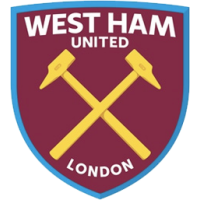Radoslaw Bella is a Uefa A Licence coach.
When Marcelo Bielsa was at Marseille in 2014-15 Bella followed the man whose tactical influence stretches wider than most others in the modern game, with Pep Guardiola considering him his mentor.
we look very specifically at pressing; how do Bielsa's teams play against a high press, and how do they utilise the high press themselves?
VERTICAL PASSES
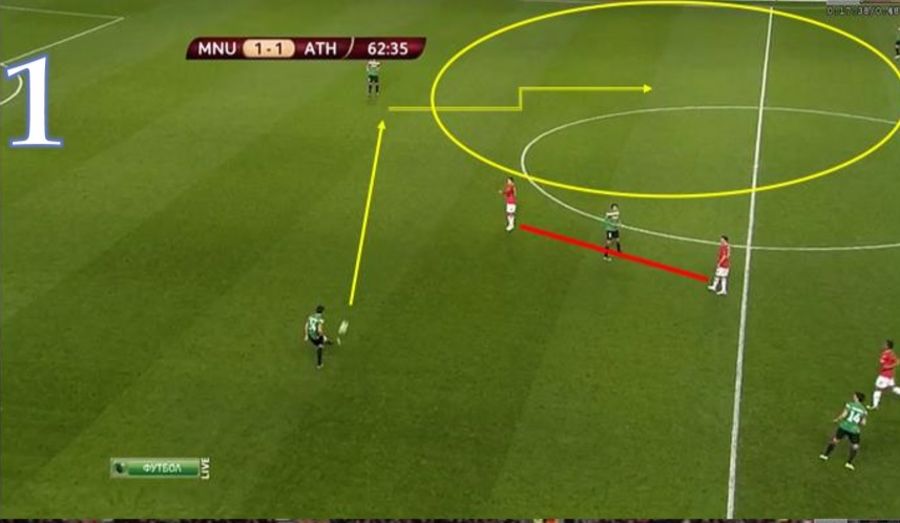
To understand the philosophy of Marcelo Bielsa, we must for a moment give up analysis of his Marseille team and look at his Athletic Bilbao side which mastered the model of the coach to a very high degree. The goal is to deliver the ball into the penalty area as soon as possible.

The shortest route is vertical passes. Once the opponent's midfield line is beaten by the first vertical pass, in the next step players are ready for the second pass, which is intended to overcome the opponent's defensive line.
Vertical passes are not 'high' or long balls, rather they are direct passes whose purpose is to break through the defensive lines.Team FC
Many actions which begin with the central defenders end with vertical passes to the opponent’s penalty area. The idea of vertical passes is crucial. Every
action is designed with the purpose of creating the space and structure to work the ball forward.
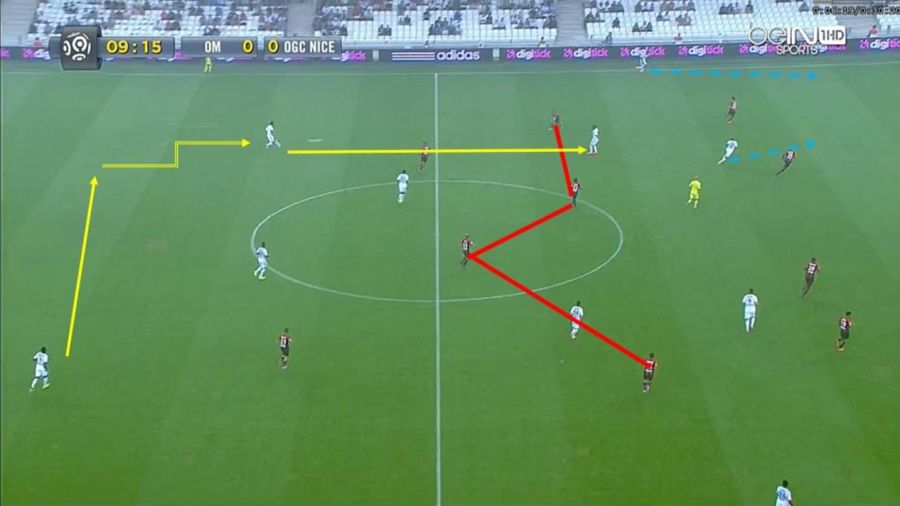
If you look at the picture of his OM team above you can see the strategy in action:
i) Progression in the game - actions to progress in the game.
ii) Vertical pass - forward!
iii) As quickly as possible, along the ground or long ball
iv) Beat last line of the opponent + finalising the action in the penalty area
PRESSING
In most Bielsa matches, periods of high pressing were generally short because it was important to recover the ball as quickly as possible. Bielsa believes that it is unnecessary to defend longer than necessary.
Considering football is a game of time and space, when you start pressing you should reduce the size of the pitch for the opponent so that they don't have the freedom to attack.

In the above image pressing begins with Andre-Pierre Gignac (centre-forward, in 2 v 1 situation with CBs) who is pushing the central defenders and making it impossible to pass between them. By running the yellow arrows you can force the opponent to choose one side of the attack.
A small pitch equals high defence activity, which has two benefits; firstly, reducing the size of the field for defenders and any advantage that can be gained around the ball. There is one clear rule stop the opponent from changing sides. When you have a numerical advantage, you should press the opponent and do not let him get out of the press. Without aggressive dash, even shortening and closing the space will not help.
DEALING WITH A HIGH PRESS
Bielsa's teams react to high pressing from the opposition in two ways:
1. Positioning
His teams form an offensive structure that allows them to cover key spaces on the field, which made it easier to escape from opponents pressing.
This allows players to better enable interpretation of game situations, and more effectively adapt to the opponent's game. The structure is based on the distance between team-mates, which allows you to work as a collective unit both on a macro and micro scale.
The response (triggers) to events is based on the following parameters:
i) Ball location
ii) Free space
iii) Positioning of team-mates
iv) Positioning of opponents

2. Support
If the player with the ball is pressed, players from higher in the formation move down the pitch to provide support and a passing option.
Support results in better communication and connections between players. The fact that the player with the ball has more possibilities to pass increase safety and decrease risk when building an attack. Without support you are forced to play 1 v 1 or just kick the ball away. Communication between players is key.
Another important tactical move from Bielsa is to dominate the centre of the pitch. The numerical advantage in midfield has a huge impact on future events. Just as in chess, the most important thing is to master the centre of the board, so in football the dominating the middle causes trouble for opponents.
The reason is simple – it gives you more options. If the midfield is able to control the game, other players can move into attacking positions. That seems to be priority for any football team that wants to play offensive football.

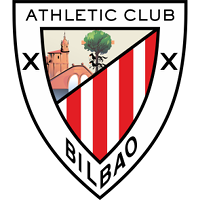 Athletic
Athletic 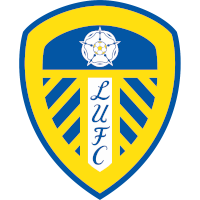 Leeds Utd
Leeds Utd 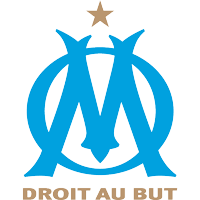 Marseille
Marseille  Liverpool
Liverpool 


























